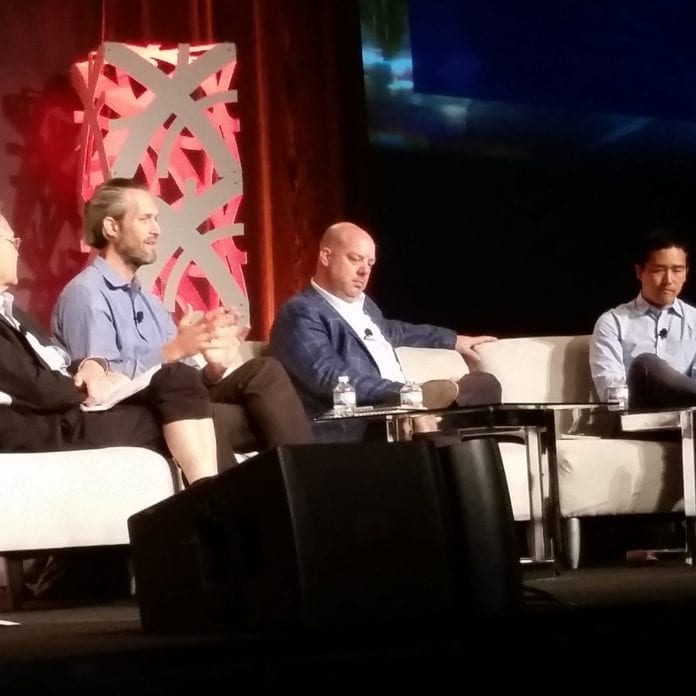At Smart Cities Week D.C., experts discuss connectivity — and beyond
WASHINGTON, D.C.–Cities are expected to see enormous growth in the coming decades, and local, state and federal officials are hoping that technology can help mitigate some of the issues that will come along with that growth. But they also recognize that technology can bring its own unintended complications, as explored by speakers at this week’s Smart Cities Week event in Washington, D.C.
Autonomous vehicles, for instance, are an area of intense research focus for tech companies and automobile manufacturers, with much positive potential for improved traffic safety and efficiency. But they have potential downsides for cities who will have to deal with such vehicle’s impact on their infrastructure needs and changing human behavior — potentially changing the design of cities.
David Rouse, managing director of research and advisory services for the American Planning Association, said that while there is a possibility of an autonomous vehicle (AV) future utopia where cities flourish with car-sharing, less pollution and less congestion — there’s also a possible future dystopia: one where yes, there are AVs, but they continue to serve mostly single owners and congest highways even more, while enabling commuters to live further away, increasing urban footprints and sprawl.
“Transportation networks impact how you design street and right-of-way parking versus drop-off,” he said. Will city sidewalks begin to look like school or airport drop-off zones?
“Transportation issues are not only transportation issues,” as Nico Larco, associate professor of architecture at the University of Oregon, put it. If suddenly, autonomous vehicles are ensuring that speed limits and traffic laws are being obeyed, cities stand to lose a substantial portion of their revenues. If vehicle-sharing means that fewer vehicles are sitting in parking spots — or being ticketed for parking violations — that also represents less money in city coffers. If the need for vehicle parking drops drastically due to AV-sharing, that might free up as much as 20 to 30 percent of urban real estate for development: more space, but what will the increase in available land do to urban property values?
What was clear is that with much of the nation’s infrastructure due for major repairs or replacement by 2030, the long-term planning for smart city supports needs to start now, or else future residents will be locked into the constraints of old infrastructure — in terms of the streetscape and street furniture, and wireless technologies as well.

